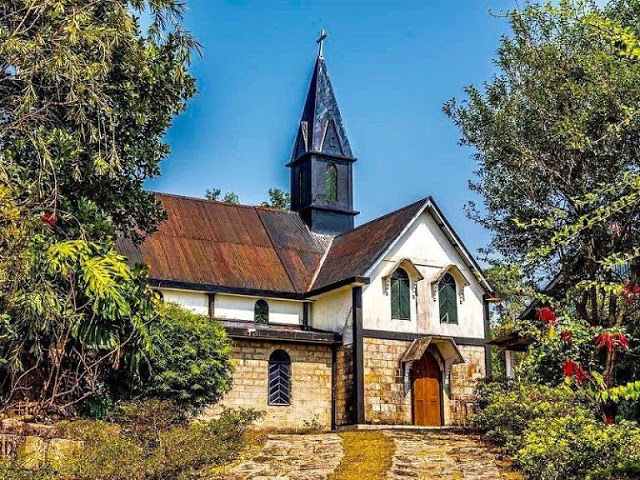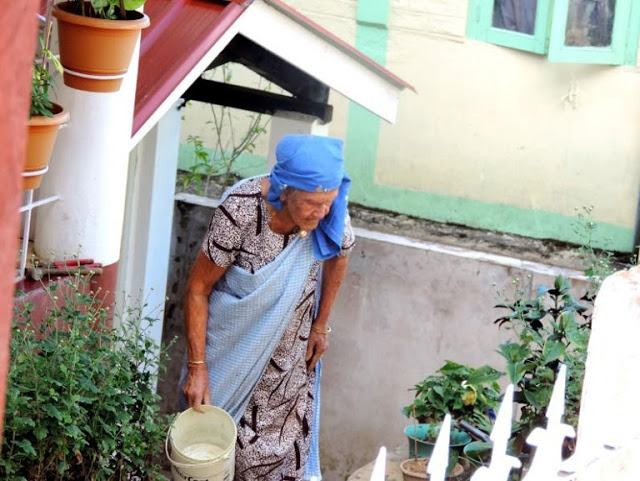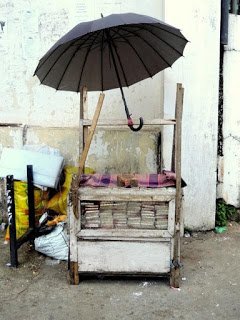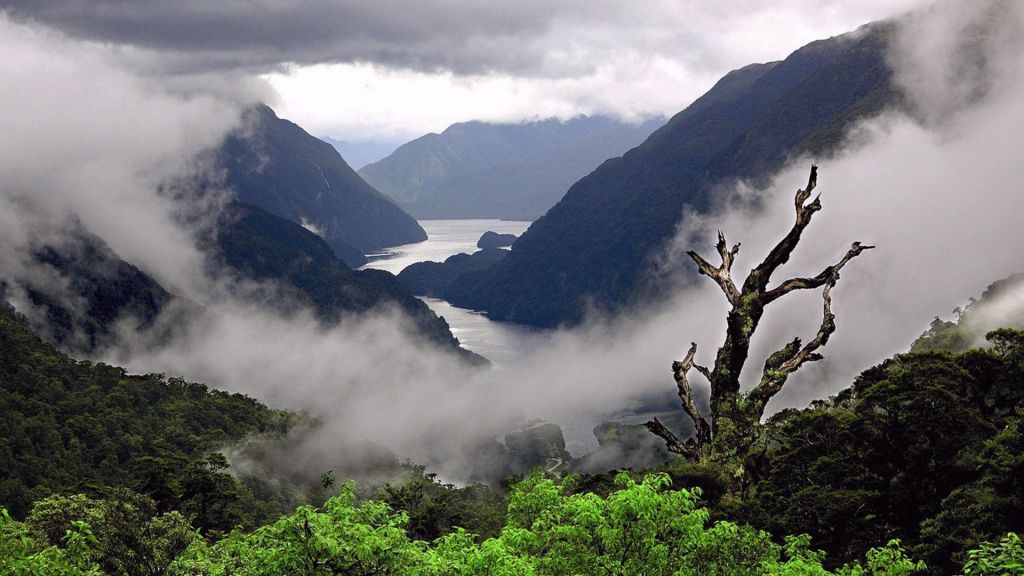Tucked away in the East Khasi Hills, is a new-fangled city with a contemporary charisma and vintage charm. Nestled in the heart of the mighty peacemaker of our lovely Seven Sisters – Meghalaya, this bustling hill station is also known as the ‘Scotland of the East’. To make an acquaintance (even if not completely) with at least one of our intriguing north eastern sisters had been on my to-explore list for as long as I can remember. I had only seen glimpses of this unexplored paradise in indie music videos or perpetual wall calendars that were hung in my house when I was a kid. Bound by its diverse ethnicity and culture, this done-to-death destination was everything I had imagined it would be, and in fact more.
Shillong was all about the ‘Hygge in the air’
First impressions are important, especially if you are travelling to an unknown destination. Every place has an energy, a vibe. That energy forms my first impression. You must be familiar with the phrase ‘Love is in the air’, which has been overused and abused by the world of cinema, but to be very honest, I relate to that phrase a lot. And for me, Shillong was all about the ‘Hygge in the air’. Now before you guys google this word, Hygge (pronounced as hue-guh) is Danish for acknowledging a feeling or a moment, whether alone or with friends, at home or outdoors, ordinary or extraordinary, as cosy and comforting. Now you may ask me how I know this, but, I just do. And now you do too!
Though Shillong is well touched by tourists, yet there was something every day that I was learning about it – things very familiar yet giving feelings ranging from amusement to sorrow. This county town is pretty laid-back for a capital city. It moves at its own pace, with its condescending mountains of thriving foliage and pristine streams undistracted by the hustle of the outside world as if it were fulfilling a quiet ambition that we all are unaware of.
If you are one of those gadabouts’ who refer to travel blogs to plan their itinerary before travelling to a new destination, to do the same old touristy things, then I am sorry, that I might disappoint you. Any activity staple to the local tourist guide is not on my list. I have always been the ‘experiencer’ than the ‘explorer’ if you know what I mean.
I would rather stroll through the criss-crossing narrow alleyways of the local market under the sun, savouring a plate of freshly steamed momos off the street than gaze at the magnificent sight of the Elephant Falls. It is every street photographer’s dream come true! Instead of just trotting through the twee hamlet of Mawlynnong: Asia’s Cleanest Village, I would much rather spend the afternoon trying my hand at weaving the Khasi tribe’s famous bamboo baskets, learning from the locals or better yet, just have a quiet conversation with those as old as the hills. Meghalaya is known to be the home to an absolute man-made wonder – The Living Root Bridge. It is a phenomenon in itself. But have you also heard about The Church of Epiphany? A hundred-year-old structure which stands testimony to time and has still managed to hold on to its old-world charm. Blossoms of red and orange with lots of greenery surround the premises.

However, as I mentioned earlier, the most ordinary things stood out for me in this picturesque landscape. I was especially fascinated by a few of the oldest traditional Khasi houses seen in the Malki district of Shillong. The houses were nested so well on a sunny slope. One can easily get lost in this labyrinth of the confined yet romantic alleys with sunny scented gardens shaded by the extended eaves peeking onto the sunlit streets.
These Khasi houses which are a rare sight today, have been preserved extremely well in the district. The term ‘vernacular architecture’ is referred to structures which have not been professionally designed, but instead have been built in order to satisfy basic needs, accommodating the values, economies and way of life of the cultures that builds them. A vernacular Khasi house is small but very charming. It touches the earth lightly and has evolved over centuries shifting silhouettes based on slight nuances in cultural and religious differences, availability of materials as well as climate.

You all must have heard your old grandparents saying that when caught in an earthquake, stand below the doorway. At first, I used to think of it as strange too. But guess what? They have been right all along (as always).
North-East India is no stranger to earthquakes and hence, these traditional dwellings have been designed to be earthquake resistant. Let me explain how. All these traditional houses have been designed using the ‘post and beam’ construction technique. The entire load of the roof of the Khasi house is carried by the wooden beams which is then transferred to the wooden posts (columns) onto the ground below, very similar to the R.C.C Frame System we have nowadays. The roof of the house extends lower to the ground with supplementary beams that sit on a double stone wall surrounding the house without affecting the structural system. Hence, while the exterior wall might crumple in the event of an earthquake, the main roof might still be intact.
You will listen to the advice your grandparents give, won’t you now?

The houses are built with thin walls of bamboo. For the flooring, they use the bark of the ‘Kwai’ tree. Both the materials are locally available, are reasonably priced and work best in the prevailing climate of the vicinity.
The interior of all these traditional Khasi houses is bifurcated into three parts – the entrance, the sleeping area and the hearth where the family meets together. In some districts of Shillong, the entrance maybe outside the house just like an entrance porch. While all columns are structural, there is one non-structural column called the ‘Rishot-Blei’ which serves the purpose of being a metaphysical connection with their ancestors. The whole dwelling is raised from the ground either on stilts or the plinth in order to avoid moisture seepage. Every house has two doors aligned East-West, to facilitate cross-ventilation. In their local tradition, it seems that these two doors are evolved to expel diseases or ‘Khlam’ from the house. Ironically, through this age-old belief, the houses in this county town have been suitably designed for cross-ventilation, thus creating healthier living spaces.

It is not just the design of the space but also the use of space that is done so beautifully in these houses. I have to narrate an incident here –
The streets in this tiny district are extensively steep and have a lengthy and vast spread across the town with not enough shaded areas along the way. Thus, people tend to get tired very quick and easily. While I was walking along the sheer, sunlit streets of Malki one afternoon, I happened to stumble upon a house with a rather rough and ready compound wall. I say rough and ready because the owner of the house had created a window-like opening in the wall to set up a down-home, makeshift food joint inside it. She had put together a tiny but efficient pantry behind the wall where she would cook and serve the people weary of walking under the scorching heat, a warm and comfy meal. Sometimes, she would even do it for free. She was not desperate for the little money she would make out of setting up that food stall. Instead, she set up the joint to be able to serve a cold drink to a tired old man on a hot afternoon just to see the smile on his face.
That is why I say that Shillong is all about the ‘Hygge in the air!’

I came across this quote the other day by a famous Japanese architect, Tadao Ando. He says – “We borrow from nature the space upon which we build”.
It got me thinking about the concept of vernacular architecture in Shillong. If we borrow then we have to give back, but what should we be giving back?
As we can see, the ancestors of these Khasi tribes had ingenuous knowledge and yet, created architecture that responded beautifully to the forces of nature around them. While they respected their profound Khasi beliefs and had faith in their values and social system, they also took the climate, topography, comfort, economy and the available resources into consideration while building their humble abode which resulted in a home that is sensitive to their way of life and the environment at large – ‘touching the earth lightly’.

We live in an intricately emerging world. Our definitions of space and interaction have changed. While change is inevitable, it is very important for us to ask ourselves why did we ever go astray from our values that were once so important to us? Values that were sensitive to society, culture, resources, economics and the environment. Does it not have relevance anymore? Is that the reason why we are now so unconcerned about our surroundings that we are replacing exquisite structures with concrete eyesores, turning pristine rivers to fetid sewers or cutting down our green habitats, leaving our aboriginal landscape battered?
“We borrow from nature the space upon which we build”, I think this statement has great relevance in today’s context. There was a time when we gave back to the nature by creating spaces in a way that left a positive impact on the environment. We have always been a sustainable culture and what we need to give back to the environment is to ensure our longevity as a meaningful culture, the essence of which we can see in traditional houses across India.
Until then, Khublei, Shillong! It was indeed a pleasure to make your acquaintance and breathe in the hygge in your air!
What? You thought I would end the article without using a single word from the local language? Now, that should be the first for every local tourist guide in my opinion!

We have covered the entire of Meghalaya in a separate series: Meghalaya – Halfway to Heaven!

Leave a comment